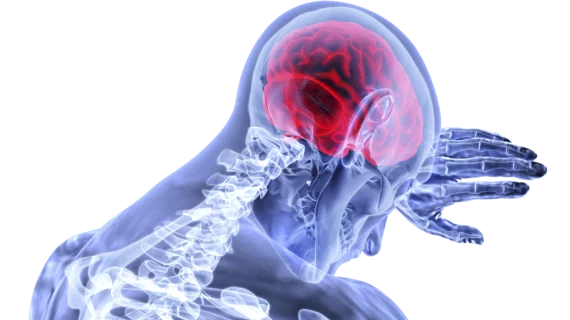Mobile stroke units provide significant value, delivering faster and more effective patient care than traditional ambulances, according to new data being presented at the American Stroke Association’s International Stroke Conference 2021.
“Our goal in this study was to treat patients on the mobile stroke unit within an hour of the onset of their stroke symptoms, and we were gratified that one-third of the patients were actually treated within that time frame,” lead author James C. Grotta, MD, director of stroke research at the Clinical Institute for Research and Innovation at Memorial Hermann–Texas Medical Center in Houston, said in a prepared statement. “Our study confirmed that patients who are treated early benefit from a complete reversal of stroke symptoms and avoidance of disability. This suggests that in the first hour after a stroke occurs, the brain is not yet irreversibly damaged and is very amenable to effective treatment.”
Grotta et al. explored data from more than 1,000 patients who received care at one of seven facilities in the United States. All patients received care from 2014 to 2020 after suffering an ischemic stroke. While 617 patients were treated by a mobile stroke unit, the rest of the cohort were treated by an ambulance.
Overall, 97% of the mobile stroke unit group was treated with tissue plasminogen activator (tPA), a clot-dissolving medication, compared to 80% of the ambulance group. Also, one-third of the mobile unit group received care within one hour of the onset of stroke symptoms; that number was just 3% for the ambulance group.
In addition, the team added, more patients made a complete recovery after three months from the mobile stroke unit group (53%) than the ambulance group (43%).
“More widespread deployment of mobile stroke units may have a major public health impact on reducing disability from stroke,” Grotta said. “Although mobile stroke units are costly to equip and staff, they reduce the time to treatment. We also expect that more treatment via mobile stroke units can reduce the need for downstream utilization of long-term care.”
The American Stroke Association’s International Stroke Conference 2021 is being held virtually March 17-19. Click here for more information.

